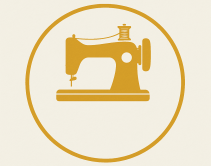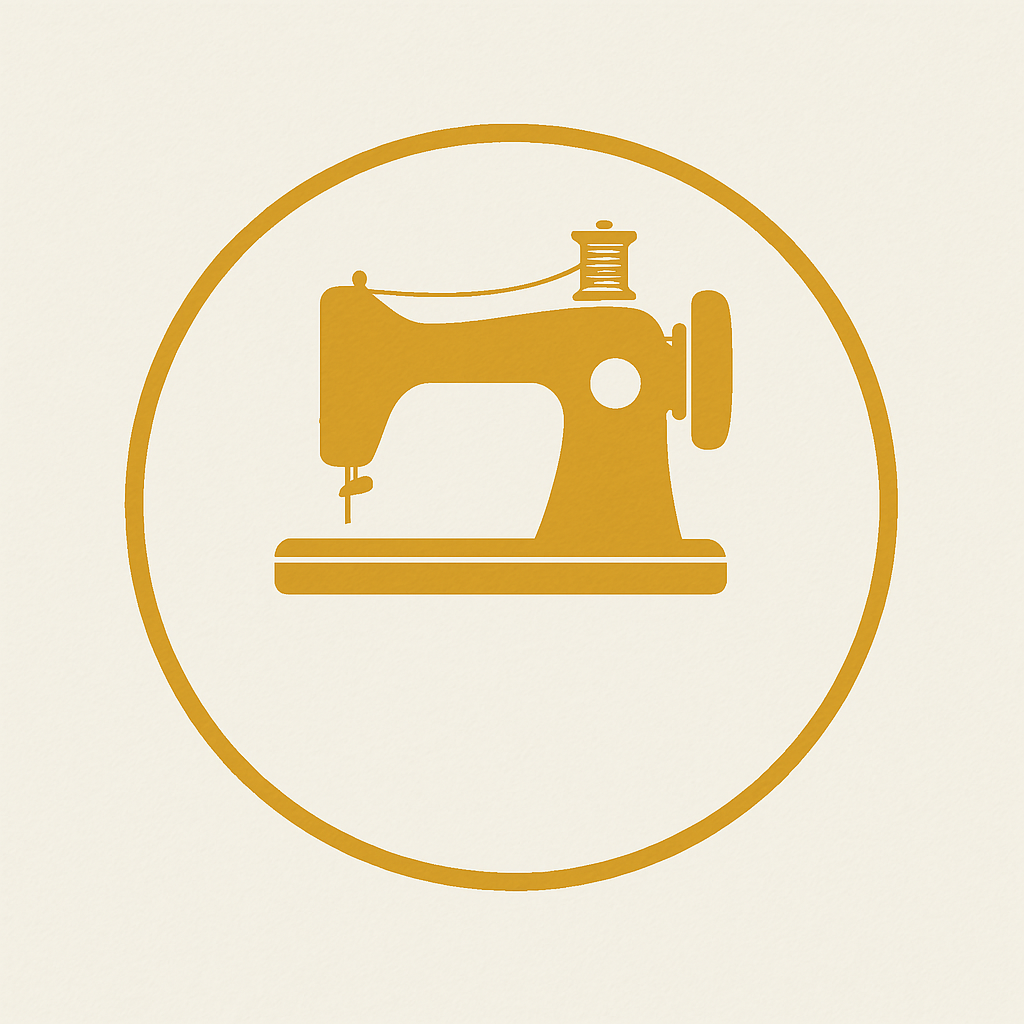Single needle lockstitch sewing machines are fundamental tools in both domestic and industrial sewing applications. Renowned for their precision and versatility, these machines cater to a wide range of sewing needs, from garment construction to intricate decorative stitching.
Table of Contents
- Understanding Single Needle Lockstitch Sewing Machines
- Advantages of Single Needle Lockstitch Machines
- Key Features to Consider
- Top Single Needle Lockstitch Sewing Machines
- Applications Across Various Industries
- Tips for Selecting the Ideal Sewing Machine
- Maintenance and Care Guidelines
- Conclusion
1. Understanding Single Needle Lockstitch Sewing Machines
A single needle lockstitch sewing machine operates by interlocking two threads—a top thread from the needle and a bottom thread from the bobbin—to form a secure stitch. This mechanism results in a stitch that appears identical on both sides of the fabric, making it a standard choice for various sewing projects.
2. Advantages of Single Needle Lockstitch Machines
- Consistency: These machines produce uniform stitches, ensuring high-quality seams in garments and other sewn items.
- Durability: The interlocking stitch design provides strength, making it suitable for both lightweight and heavy fabrics.
- Versatility: Capable of handling various fabrics, single needle lockstitch machines are used in diverse applications, from fashion design to home décor projects.
3. Key Features to Consider
When selecting a single needle lockstitch sewing machine, consider the following features:
- Stitch Length Adjustment: Allows customization of stitch length to suit different sewing tasks.
- Needle Position Control: Enables precise placement of stitches, essential for tasks like topstitching and quilting.
- Feed Mechanism: Affects the machine’s ability to handle various fabric thicknesses and types smoothly.
- Automatic Features: Functions such as needle threading, thread trimming, and buttonhole sewing can enhance efficiency and ease of use.
4. Top Single Needle Lockstitch Sewing Machines
Here are some highly regarded models in the market:
Singer Heavy Duty 4423
Known for its robust metal frame and powerful motor, this machine handles heavy fabrics with ease. It offers 23 built-in stitches and adjustable stitch length.

Brother CS6000i
A versatile machine featuring 60 built-in stitches, including decorative and quilting options. Its user-friendly interface makes it suitable for beginners.

Janome HD3000
Designed for durability, this model offers 18 built-in stitches and a heavy-duty aluminum body, making it ideal for frequent use.

Juki TL-2010Q
A high-performance machine favored by quilters and sewists, featuring a large throat space and advanced quilting capabilities.

Bernina 1008
Renowned for its Swiss engineering, this machine offers 8 built-in stitches and exceptional stitch quality, suitable for both beginners and experienced users.

5. Applications Across Various Industries
Single needle lockstitch sewing machines find applications in numerous sectors:
- Garment Manufacturing: Essential for constructing clothing, including stitching seams, attaching zippers, and adding decorative elements.
- Upholstery: Used in creating and repairing furniture covers, automotive seats, and marine upholstery.
- Accessory Production: Ideal for crafting items like bags, wallets, and belts, requiring precise and sturdy stitching.
- Home Décor: Employed in sewing curtains, cushions, and other home textile products.
6. Tips for Selecting the Ideal Sewing Machine
- Assess Your Sewing Needs: Determine the types of projects you intend to undertake and the fabrics you plan to use.
- Consider Machine Features: Look for features that align with your sewing requirements, such as adjustable stitch settings or automatic needle threading.
- Set a Realistic Budget: Balance the machine’s capabilities with your financial considerations to find the best value.
- Research User Reviews: Gain insights from other users’ experiences to evaluate the machine’s reliability and performance.
7. Maintenance and Care Guidelines
Proper maintenance ensures the longevity and optimal performance of your sewing machine:
- Regular Cleaning: Remove lint and debris from the machine after each use to prevent jams and ensure smooth operation.
- Lubrication: Apply oil to moving parts as per the manufacturer’s instructions to keep components moving smoothly.
- Thread Tension Checks: Regularly inspect and adjust the thread tension to prevent stitching issues and achieve consistent results.
- Professional Servicing: Schedule periodic check-ups with a professional technician to address any potential problems and maintain the machine’s performance.
8. Conclusion Single needle lockstitch sewing machines are invaluable tools for both hobbyists and professionals, offering a blend of reliability, versatility, and precision. By understanding their features, applications, and maintenance needs, you can select a machine that enhances your sewing projects and stands the test of time.

